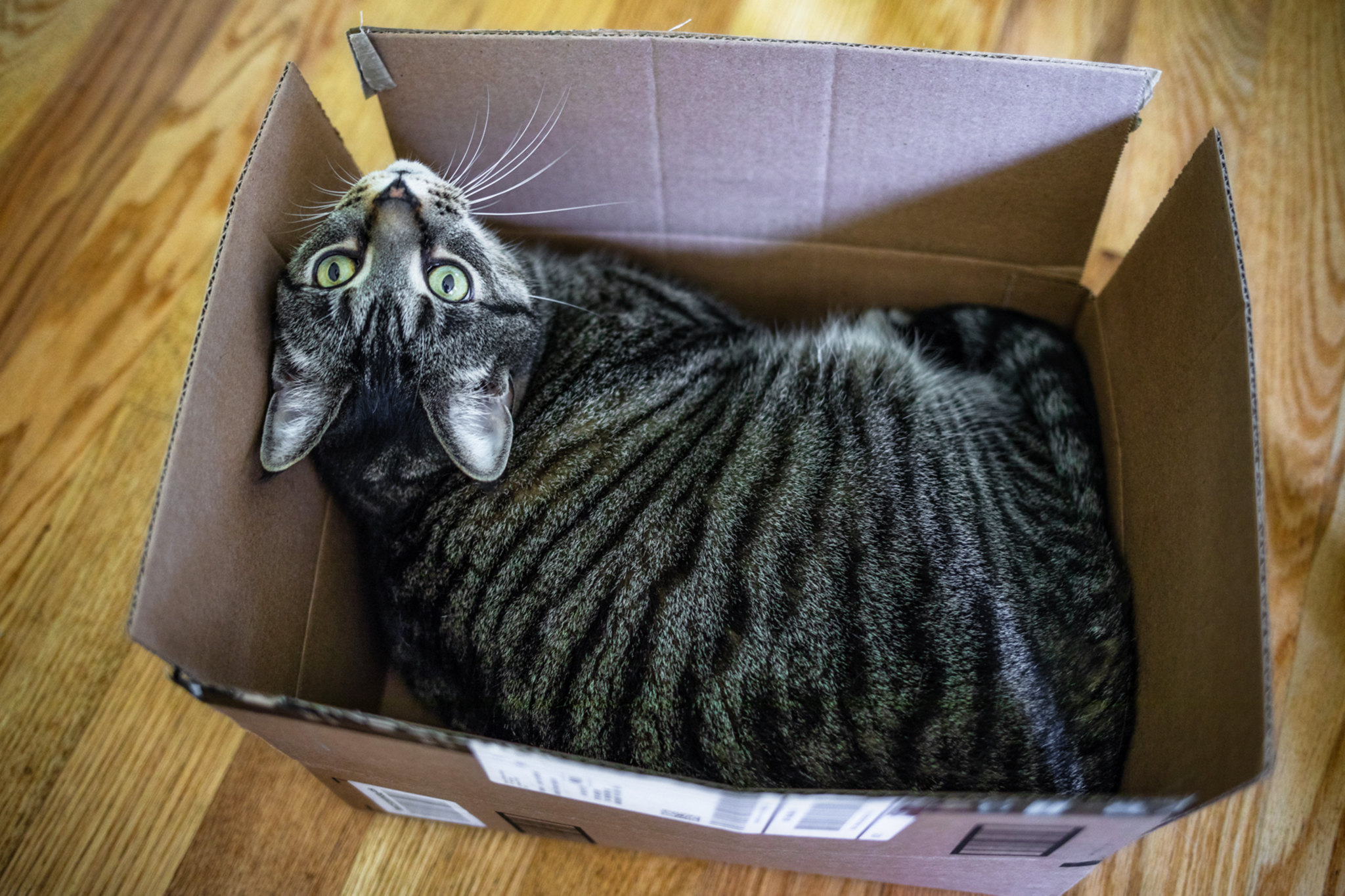As if moving wasn´t stressful enough when you’re alone, moving with pets can make it even worse. Our dogs, cats, rabbits, parrots, and other pets, frequently find it upsetting and unsettling.
Not only will you have more work to do, but your pet might suffer this sudden location change. Dogs are used to walking through their familiar parks and streets, while cats take their territory very seriously and need time to adapt. Pet moving anxiety is a thing, and let’s discuss how you can minimize it while being efficient with your moving.
Get your pets used to the idea of moving
Before you begin packing, get out boxes and bubble wrap and make sure your pets are accustomed to them. Dogs and cats are likely to scent them. Bring out the cat carrier early and leave it in the cat’s preferred space. She will be able to gradually adjust thanks to this.
The preferred toys for your animals should go last. The same is true for their bed, which (if it’s a smaller dog or cat) can be transported during the day when you move inside with them.
If possible leave your pet at a friend’s house
Ask a friend who is familiar with your pet to keep them at their house on the day you move, if at all possible. To make sure your pet is relaxed, comfortable, and doesn’t run out the door while you’re bringing boxes and furniture out, having a family member watch after him is a fantastic option.
On the day of the move, place your cat in her favorite room with comfortable accessories like couch cushions, a scratching post, or a blanket. To keep her surrounded by them for as long as possible, move these items last.
Give your pet time to know the new place
Allowing your pet to explore your new house at his own pace can encourage positive behavior. Reward him frequently with snacks and affection. Make careful to arrange the bed, toys, scratcher, and other items in the same or a similar manner to how they were arranged in the prior residence. The change won’t be as drastic that way.
Before letting your cat do more exploring, get the rest of the house organized. Even if it takes a few days, she can remain in her landing room until she feels secure enough to leave.
Make sure all legal requirements are met
Take the time to learn about any state and local laws that apply to your pet if you’re relocating out of the state or outside of your current postcode. Make sure your pets abide by the regulations of the state you’re relocating to as nearly every state has restrictions that apply to dogs, cats, birds, and other pets like snakes.
Make sure you have all necessary health certificates and documents for your animal if you’re moving with pets and must pass a state border inspection. The same goes if you’re traveling by plane. For regular moving, hire a professional removalist, such as 2 Men Removals and you will save a lot of time and avoid stress.
Get a pet carrier
If your pet is unable to stay at your friend’s place, you should make plans to purchase a travel carrier.
As soon as you know you’re moving, start introducing your pet to a travel cage if they aren’t already housebroken or accustomed to a carrier. If you fly, make sure your travel company complies with airline regulations. If you’re driving, ensure sure your pet’s box is fastened with a harness or seatbelt.
No animal should be allowed to roam free inside the car. You risk getting penalized and neither you nor your dogs are safe doing it.
Pay a visit to the vet
Make sure that your moving plan, once it is in place, calls for getting your cherished pet to the vet. Make sure your pet’s medical records are up to date, and if they require any vaccinations or boosters, now would be the perfect time to schedule those appointments.
Request a prescription for your pet’s medication from the veterinarian to assist calm their nerves on moving days.
Make a small pet travel kit
Create a pet travel kit specifically for your pet as you are the expert on it. What more should you think about including? Check the following stuff.
- usual pet food and a few treats
- a throw or towel
- preferred toy
- Plastic bags for pet waste disposal
- if required, prescription drugs from your veterinarian
- a canine leash
- Any other thing the vet recommended
To sum it up, moving is stressful and pets can make it harder, but think about the results and the lovely new home you will soon be at. Since they are a member of your family, your pets must move with you. Be sure to follow these tips and seek the finest possible help from professional removalists.




